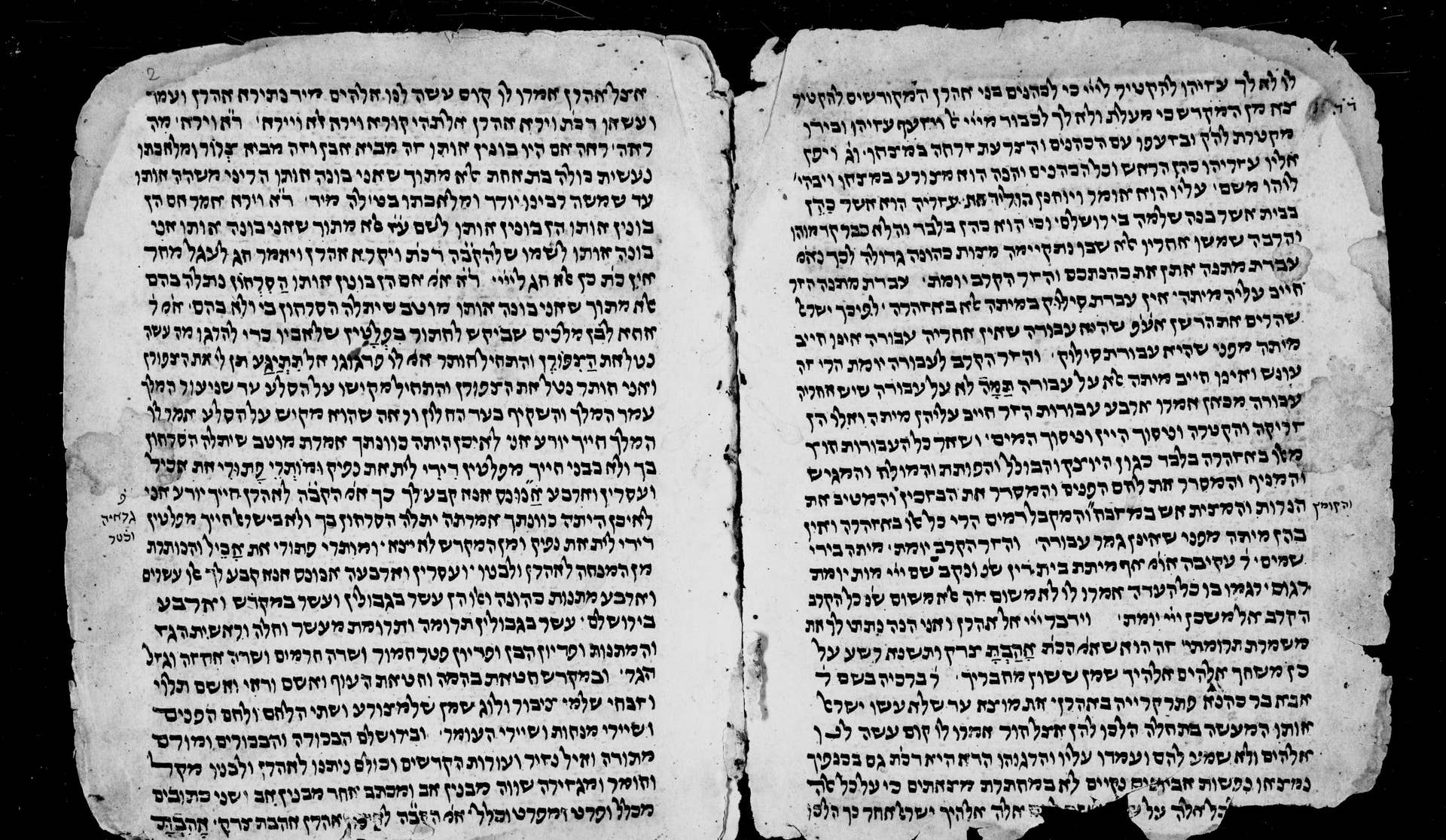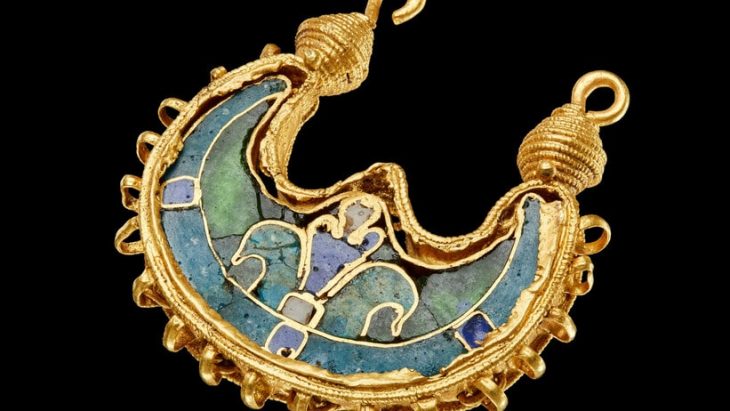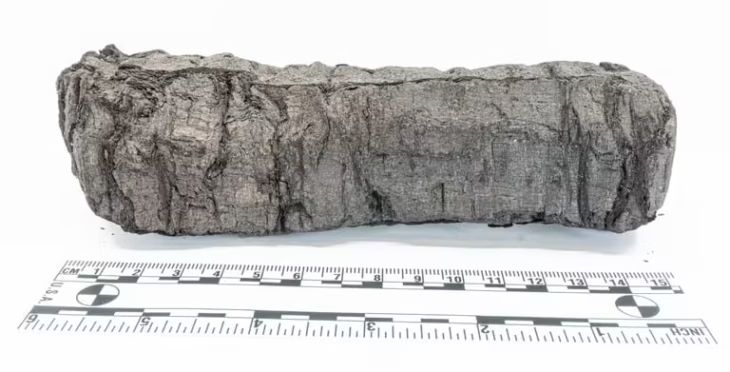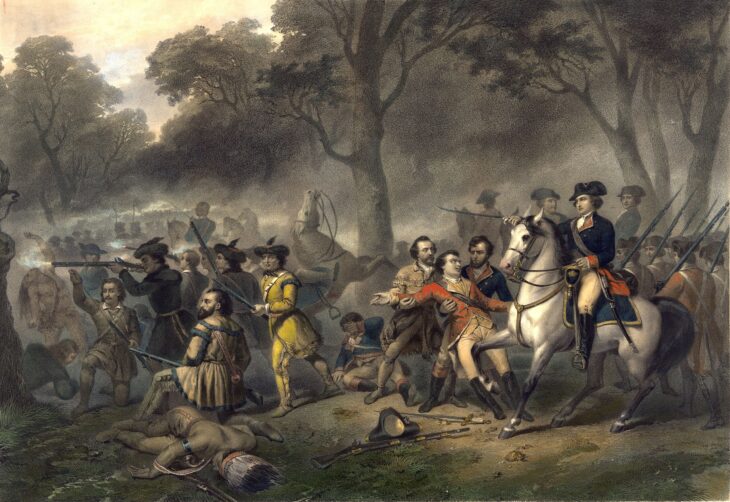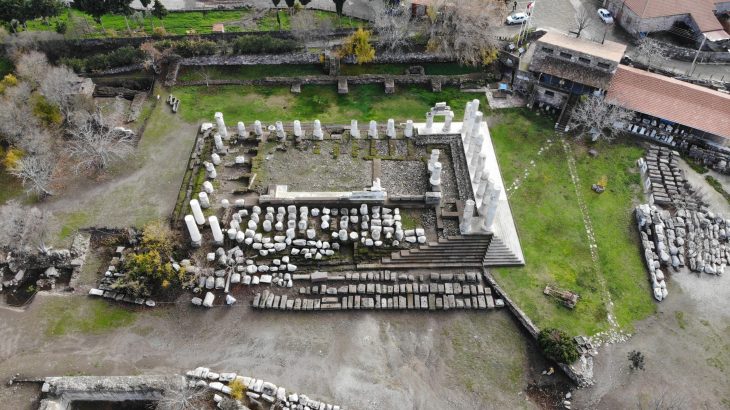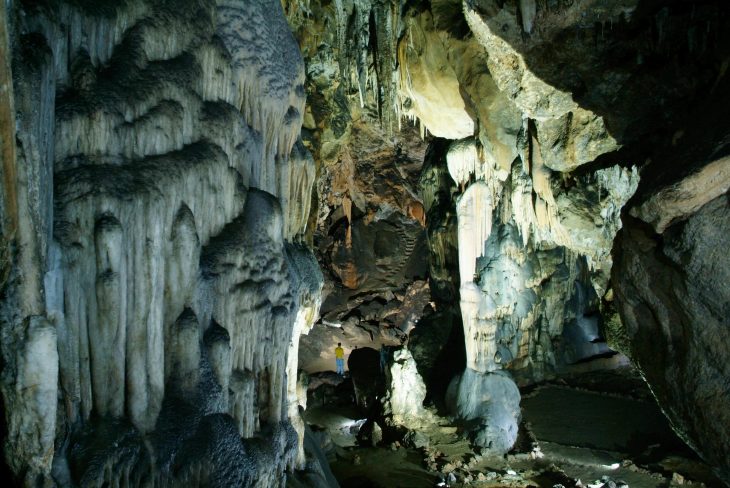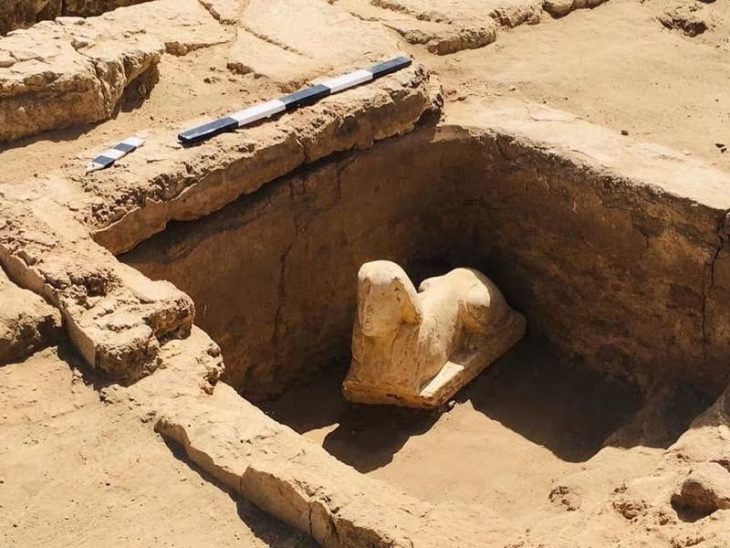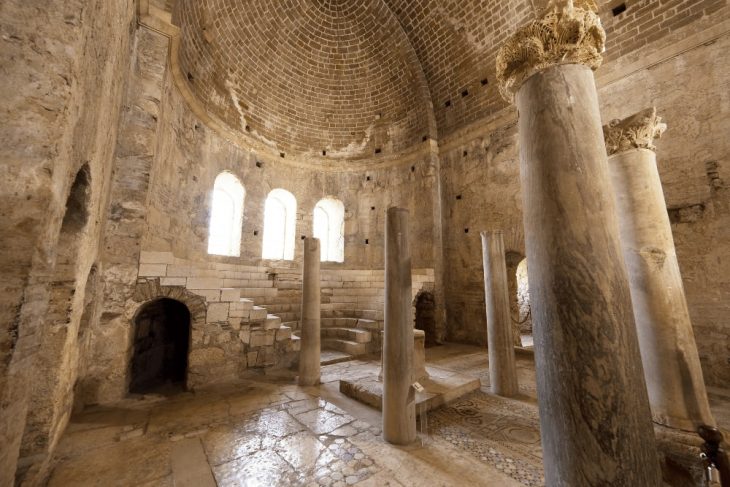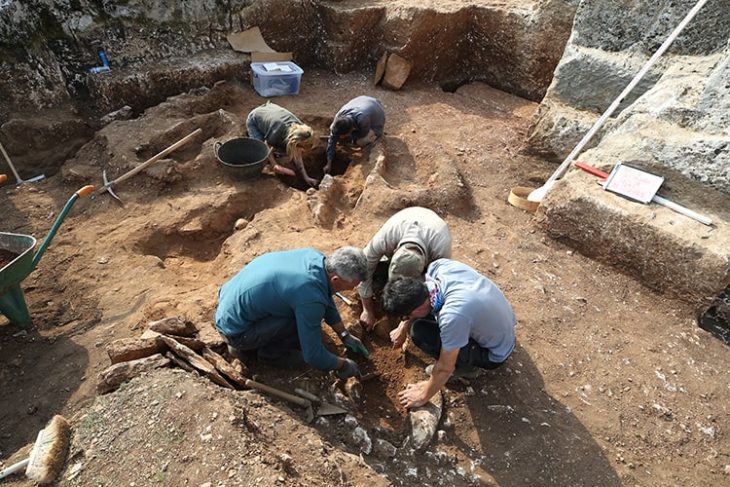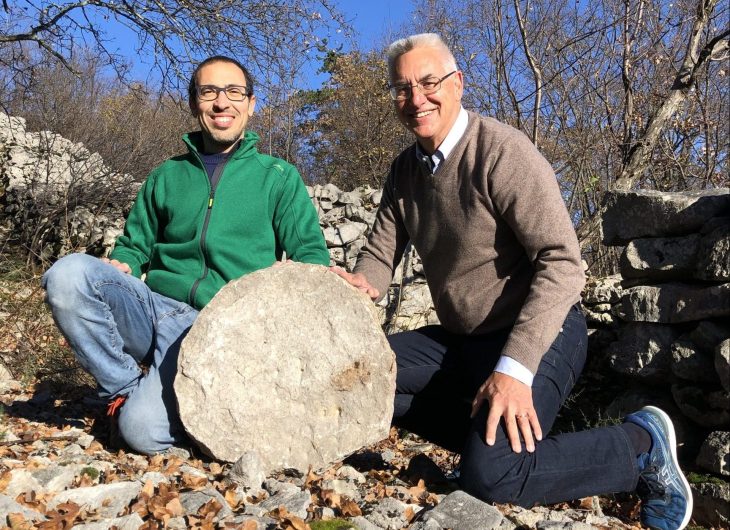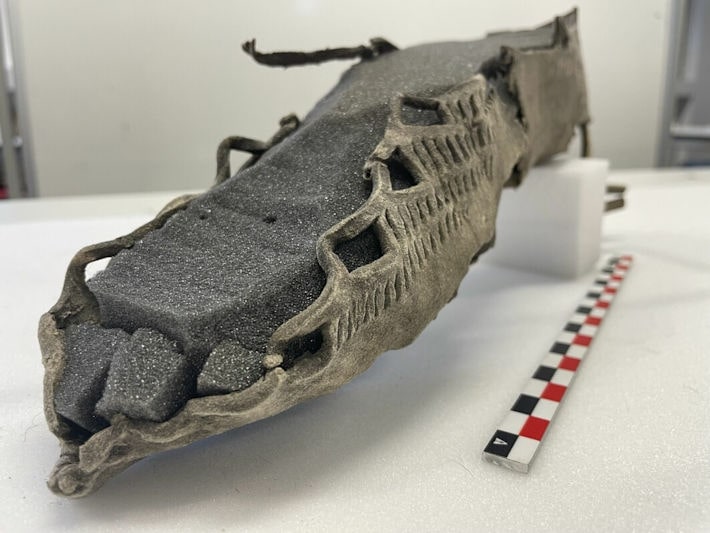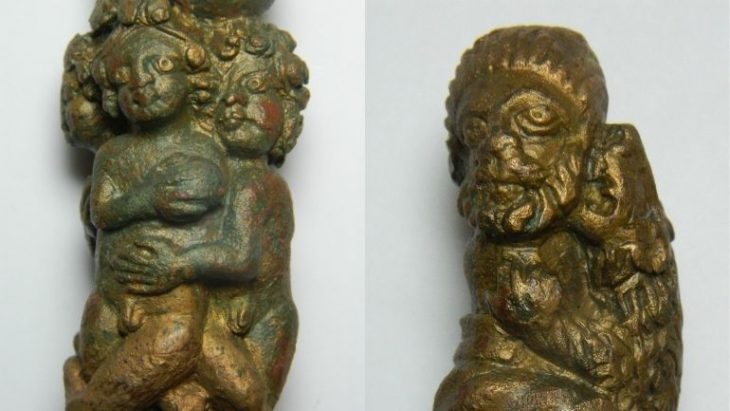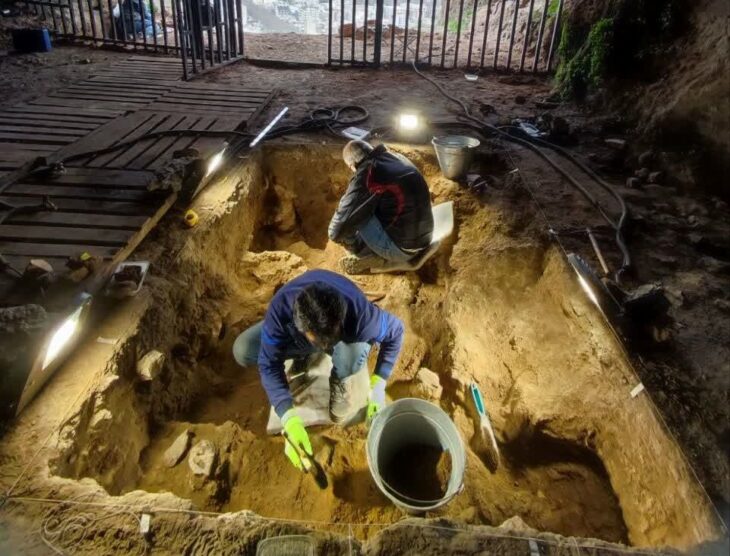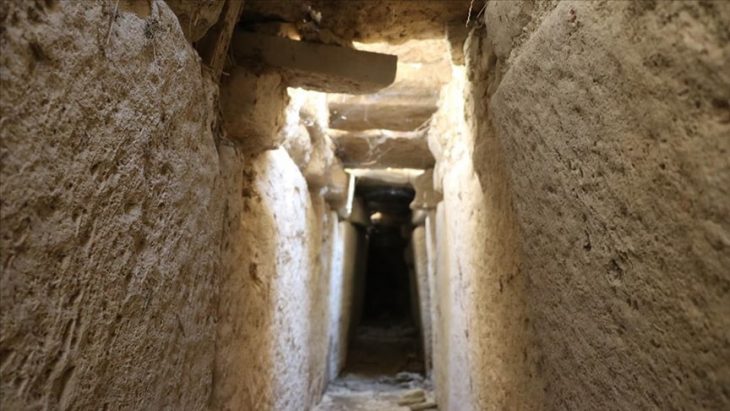Using new technology, researchers were able to comb a 19th-century text for the original study of a Bible interpretation attributed to disciples of Rabbi Yishmael, which is thought to have been lost.
For centuries, a fundamental text of Jewish culture was thought to be lost forever. Quotes from it have appeared throughout the years, but they have been intermingled with subsequent passages, making it hard to tell which pieces are the original.
The work in question is Mekhilta le-Sefer Devarim, a midrash on the Book of Deuteronomy that serves as interpretation and commentary. It is attributed to a group of scholars who formed around Rabbi Yishmael, one of the most prominent of the Tannaim rabbis, in the first and second centuries C.E. in the land of Israel, a period when Jewish culture and the legacy of the Jewish sages crystallized.
With the help of advanced technology, researchers have managed to once again track down the text.
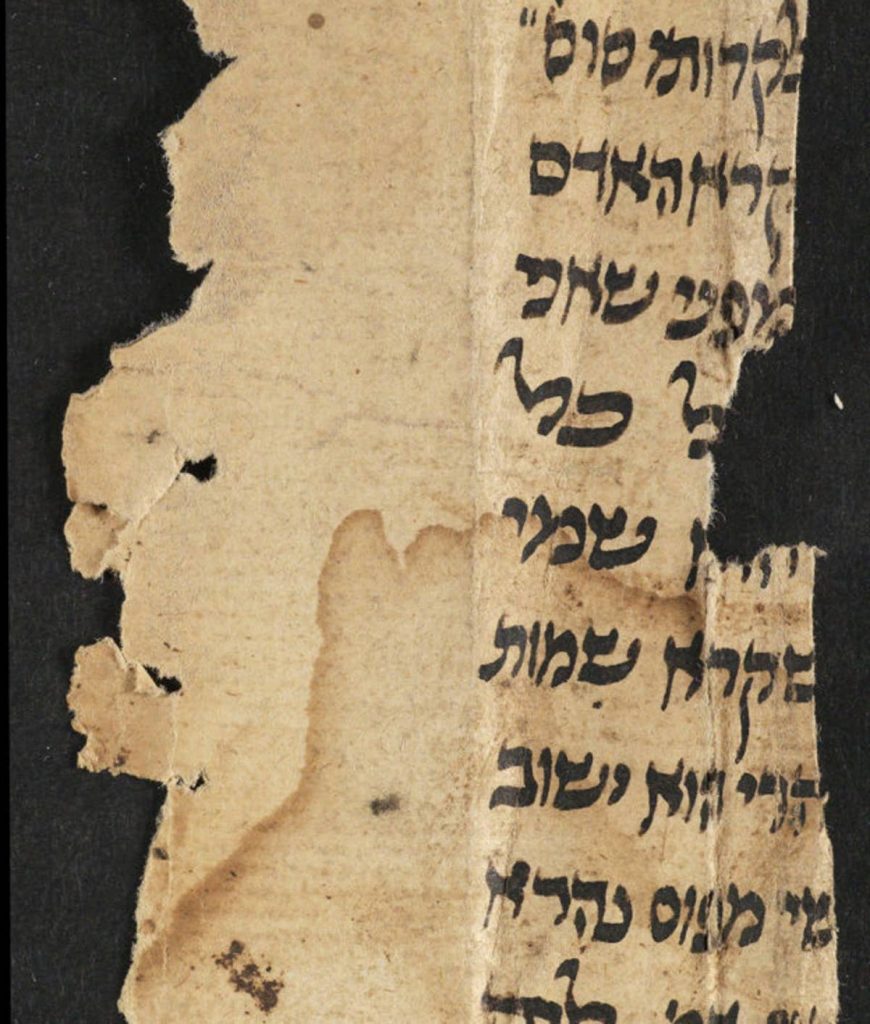
The midrash was edited in the third century B.C.E. and was lost for generations. In the 19th century, though, a researcher found that a sage by the name of Rabbi David Adani, who lived in Yemen in the 13th century, was familiar with the lost text and had quoted extensively from it in the Midrash HaGadol. Adani, however, combined parts of the original midrash with quotes from other books, changing it to the point where it was impossible to identify the source.
📣 Our WhatsApp channel is now LIVE! Stay up-to-date with the latest news and updates, just click here to follow us on WhatsApp and never miss a thing!!
A previous attempt to reconstruct the midrash using conventional tools was only partially successful. Now, Bar-Asher Siegal and Dr. Avi Shmidman of the Hebrew Literature Department at Bar Ilan University have distilled the original midrash from the later version. To do so, they used textual analysis algorithms developed by Shmidman together with the DICTA center.
“This is a Jewish cultural heritage asset that was simply lost, disappeared,” says Prof. Michal Bar-Asher Siegal, a scholar of rabbinic Judaism at Ben Gurion University. “Now we have brought it back to life.” The midrash will be presented to the public for the first time in January, at a conference to be held at Bar Ilan University.
A Talmud researcher from Yale, Prof. Christine Hayes, confirmed that the text originated in the third century. She said that it also contained earlier sources. Hayes tells Haaretz that this inter-disciplinary collaboration “ fills a significant gap in our knowledge, bringing us one step closer to a fuller understanding of the foundational texts of the tradition and the evolution of rabbinic Judaism.”
Cover Photo: The midrash will be presented to the public for the first time in January, at a conference to be held at Bar Ilan University. Photo: Israel’s National Library

